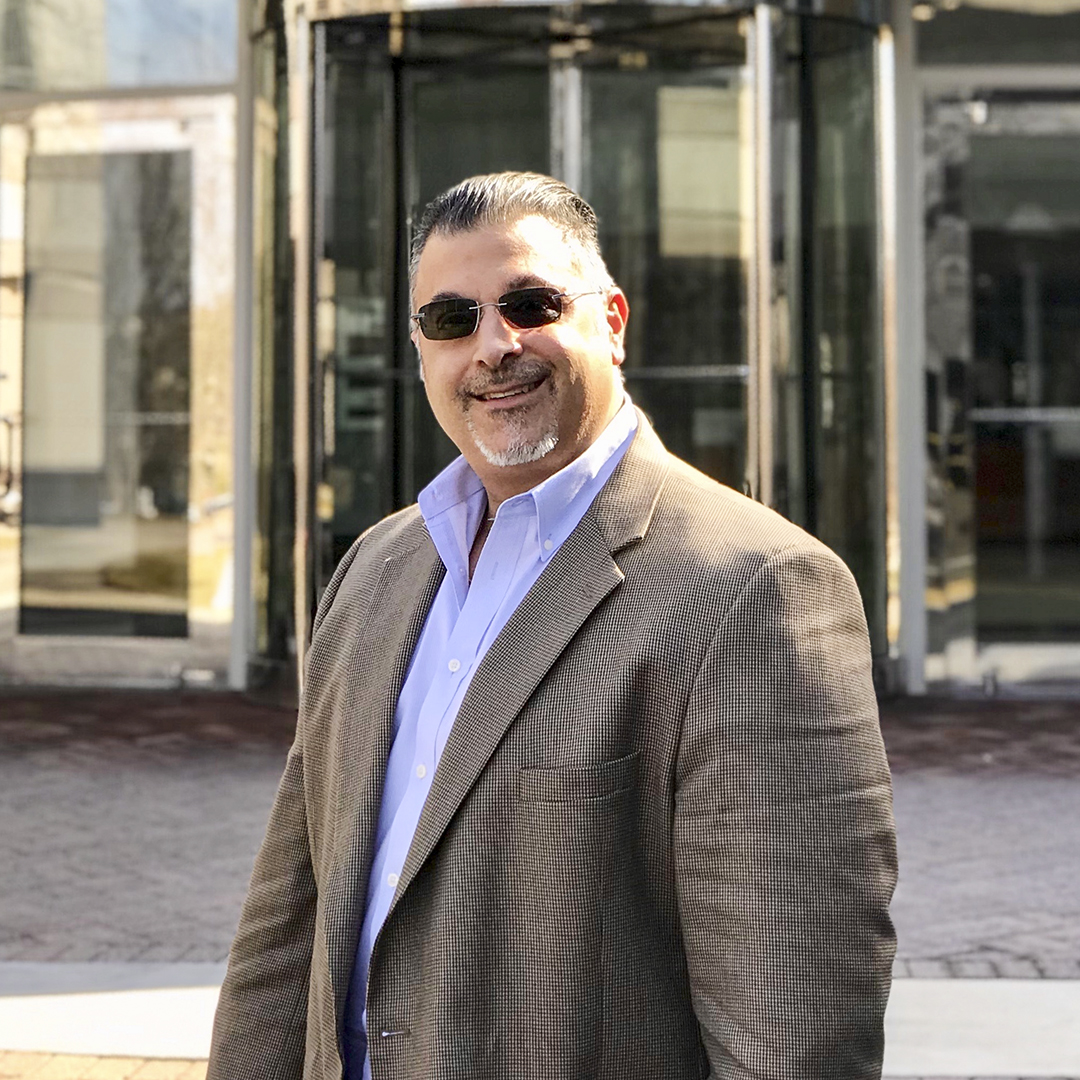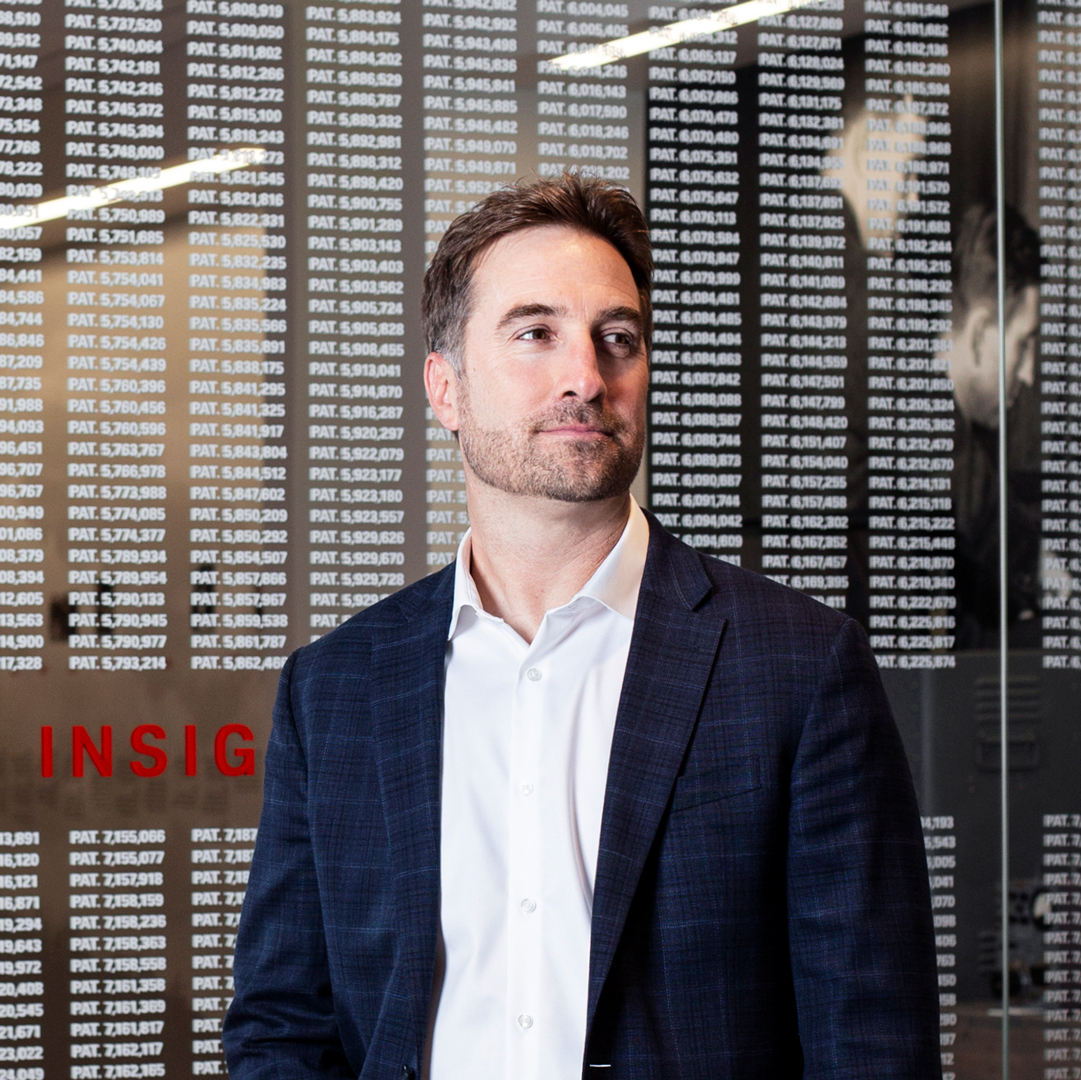|
Getting your Trinity Audio player ready...
|
In 2017, technology giant Verizon undertook a renovation at its Basking Ridge, New Jersey, campus on a timetable so ambitious that its architect and construction manager called it “unrealistic.” The 138-acre campus includes seven buildings and totals 1.4 million gross square feet. The massive undertaking included renovating the lobby and the café and converting the office space to an activity-based workplace (ABW). The renovations of their adjacent 170-room hotel and construction of an 1,100-space parking garage, equivalent to four football fields of parking surface, were also completed. While a program of this type and scope would normally take two years to complete, the team did it in half the time, during which the campus remained fully operational.
Despite misgivings, the support team, which included Gensler, Stantec, CPM, CF Rutherford, Inscape, and AECOM, accepted the challenge. Part of the reason stemmed from a unique approach to project delivery spearheaded by Joe Rossi, Verizon’s executive director of global real estate responsible for workplace delivery, including design and construction. Rossi’s model included establishing master service agreements with multiple service and material providers so that they were ready to play when called upon. Known as the “Bench Model,” this concept helped establish nonadversarial relationships with the providers, knowing that with a 100 million square foot portfolio and 30,000 properties, there was enough work to go around.
The bench team invested time and resources to support the model and the relationship. “They are not in it for the quick win or satisfied with just making the team,” Rossi says. “They want to play and know that like any team, playing is based on performance.” The trust developed from this methodology made it easier for the partners to agree to Verizon’s terms for the Basking Ridge program.

Executive Director of Workplace Delivery, Global Real Estate
Verizon
Portrait by Gillian Fry
In addition to creating a cohesive group of consultants, the bench model concept has led to more efficient project delivery. Rossi is seeing a 20 percent time savings on project schedules, with even better results on some projects exemplified by the work in Basking Ridge. Time is saved immediately by being able to move forward without having to bid on the major services and materials on every project. “The scope, terms, and fees have already been established,” Rossi says. “We just pull from the bench when needed. This concept is key for a changing business and changing business requirements, which could impact the best-laid plans. We could no longer prepare for only what we knew; we had to be ready for the unexpected.”
Having consultants that are familiar with Verizon’s unique approach to real estate and design guidelines is also valuable. It saves architects design time during programming and the conceptual, schematic, and design development phases.
Wanting to compile a manageable team of players with complementary skills and abilities, Verizon aimed its search within firms who could provide coverage across all of North America. “Since we have numerous locations scattered around the country, we used a map to ensure we had the appropriate coverage and redundancy,” Rossi says.
Later, they went through a similar process for major material suppliers, including office furniture, ceiling tiles, and carpeting. Rossi explains, “We filled the biggest gaps that created the greatest value add first. We had to use our time wisely because the work didn’t stop to wait for the processes and tools to be completed.”
Due diligence included experience and financial review; they also evaluated firm reputation and quality of work. Some of the companies had longstanding relationships with Verizon but still needed to be evaluated based on the new way of doing business. Verizon required that they have the ability and the desire to do things differently. Companies that made it past the request for information phase were invited to submit proposals based on Verizon’s scope of services. Fees were provided for each of Verizon’s predetermined project sizes, which were based on cost breakpoints. The larger the project, the lower the expected cost per square foot or percentage of cost of work, depending on the type of service. His team then prepared a matrix with preweighted factors to compare the proposals. Using this tool, the team selected their bench players then offered them the opportunity to sign on with a master service agreement contract.
The master service agreements guide most major domestic projects. While one objective was to obtain speed to market, another was to obtain competitive fees. Rossi says he wanted to ensure that everyone felt they were being treated fairly and with respect, which he extends to players who made the team as well as those who declined because their business model couldn’t support it. “While we certainly enjoy what we do,” Rossi adds, “it’s okay to make a profit.”
“As the bench arrangement evolves, its value increases,” says Rossi. He holds quarterly meetings with the team, and the agenda always includes a “lessons learned” from major projects, where each player is given an opportunity to share information and the team is able to learn from each other’s efforts, including mistakes. “Because they all benefit, competitors are willing to sit in a room and speak freely about their work.”

This unique relationship has also led to their willingness to discuss how to ease some of the pain points they were experiencing during the project life cycle. Rossi believes he is working with some of the best companies and account managers who are the best at what they do. Therefore, he realized that some of the difficulties weren’t because of lack of effort or expertise—it had to be something else. His approach was to bring them together and simply ask. “It is an investment on their part, as it is ours,” he acknowledges. “Their willingness to contribute beyond the projects they were working on demonstrates their commitment to Verizon as a client.”
Rossi invited his strategic partners to a meeting to better understand their individual challenges and help resolve them. The team enthusiastically accepted and worked together over a six-month time period to develop a new on-demand project methodology that was only made possible by the relationships established through the Bench Model. “It resulted in a solution that was created by taking into consideration everyone’s perspectives and solving for the good of all,” Rossi says.
John Gols, chief commercial officer at Inscape Solutions, agrees. “At Inscape, we view ourselves as very adaptable both in service and applications. Joe and his Bench Model approach have pushed us to take this to the next level,” he says. “With constant team communication both during projects and in between, Joe takes ‘lessons learned’ and truly applies them for continuous improvement.”
The benefits of the new methodology include a further reduction in time and a better deliverable. “By easing some of the pain it also improves our quality of life,” Rossi says. He’s currently working on patenting some of the tools and the new methodology, which is being piloted before it’s rolled out as a standard approach going forward. While he expects a shift in costs, he doesn’t expect the total project cost to rise. “That means we need to revisit the Bench Model master service agreements, revise the scope of services, and request fees based on the new model,” he adds. “It’s only fair.”
It comes to reason that this type of relationship is what allows Verizon to accomplish the “unrealistic.” Beyond the Basking Ridge renovations and 1,800 projects totaling more than $1.2 billion that the team has completed since Rossi arrived at the company, they have also lowered their total project cost and substantially reduced their square feet per person while increasing utilization by greater than 25 percent. Verizon is accommodating more people in less space, improving the space, and enhancing the customer experience through its focus on service and hospitality.
“It has been incredibly rewarding to be part of this ‘bench team’ and have the opportunity to collaborate and strategize on how to improve the entire Verizon team’s process,” say Karl Anoushian, senior vice president of preconstruction at Structure Tone, who is working with Rossi and Verizon on projects from Boston to New York to Texas. “As technology advances so rapidly, Verizon is on the cutting edge of engaging their teams and improving their processes and won’t settle for doing things the old-fashioned way. All of us on the Structure Tone Verizon team admire and respect their work to continually keep up with innovation.”
Verizon’s efficiency metrics continue to be impressive, and few other organizations have comparable benchmarks. Rather than looking to the outside for markers to track progress, Verizon has to aim to beat its own targets. “We created the team and changed our culture. We also developed a plan and prepared for game day,” Rossi says. “Meeting expectations has become a given. We are now competing against ourselves.”


